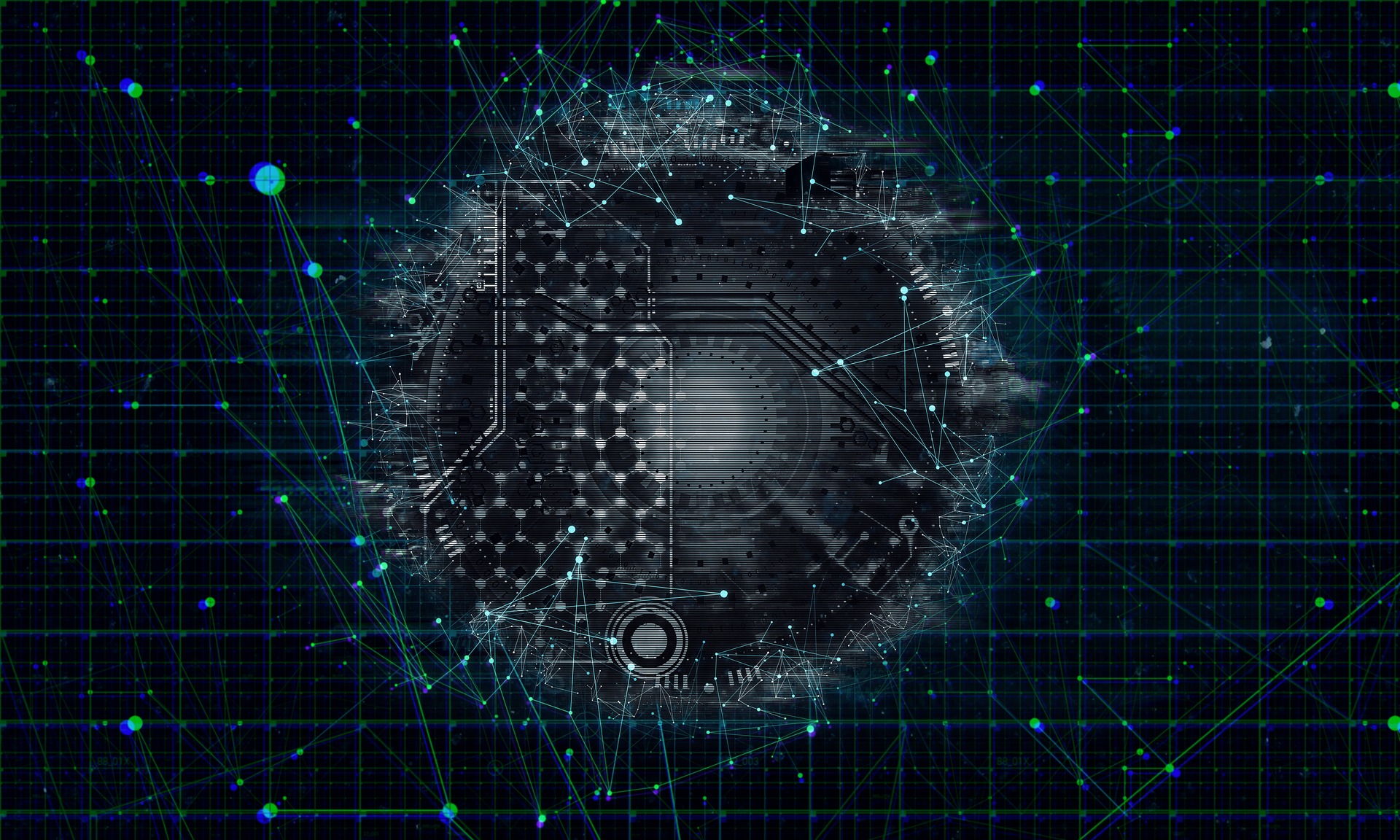The Increasing Role of Technology in Law Enforcement: A Look into the Legal Landscape
Introduction: The advent of technology has significantly transformed law enforcement across the globe. But what legal issues arise from this integration? This article delves into the legal implications of using technology in law enforcement, highlighting key developments and discussing potential societal impacts.

Historical Context and Key Developments
In the past, law enforcement relied heavily on traditional methods such as eyewitness accounts, physical evidence, and manual record-keeping. However, the digital age has ushered in a new era where technology plays an integral role in law enforcement. The first significant shift began with the introduction of computer databases in the late 20th century, which allowed for efficient record-keeping and data analysis.
Current Legal Updates and Policy Discussions
The use of technology in law enforcement is now a common practice, with tools such as body cameras, facial recognition software, and predictive policing algorithms. However, these new practices have sparked numerous legal debates and policy discussions. For instance, questions about the legality of facial recognition technology and its potential for misuse have led to several legislative measures aimed at regulating its use.
Legal Implications of Technology in Law Enforcement
The increasing use of technology in law enforcement has raised several legal issues. One of the main areas of concern is the Fourth Amendment, which protects individuals from unreasonable searches and seizures. The use of technologies like GPS tracking and drones for surveillance purposes has sparked debates about their constitutionality.
Impact on Society
The legal implications of using technology in law enforcement extend beyond the courtroom. The societal impact is profound, affecting citizens’ privacy and civil liberties. While these tools can enhance law enforcement efficiency, they may also lead to potential abuses of power if not properly regulated.
The Balance between Security and Privacy
Striking a balance between security and privacy is a critical challenge in the era of technological law enforcement. It’s essential to establish clear legal guidelines that protect citizens’ rights while allowing law enforcement to use technology effectively. Legal debates and discussions in this area are likely to intensify as technology continues to evolve.
In conclusion, technology has undeniably revolutionized law enforcement, introducing efficient tools for crime prevention and detection. However, it has also brought about new legal challenges that need to be addressed. As society continues to grapple with these issues, it’s crucial to maintain a balanced perspective that respects both the demands of law enforcement and the rights of individuals.





